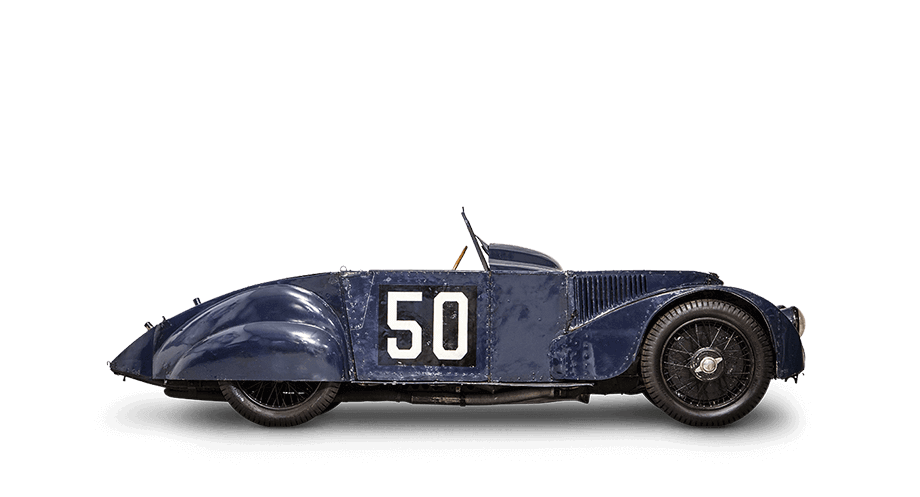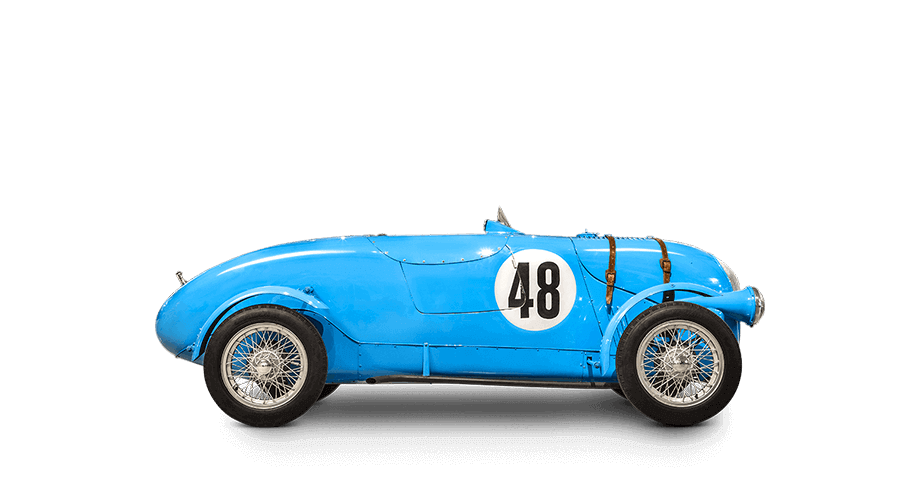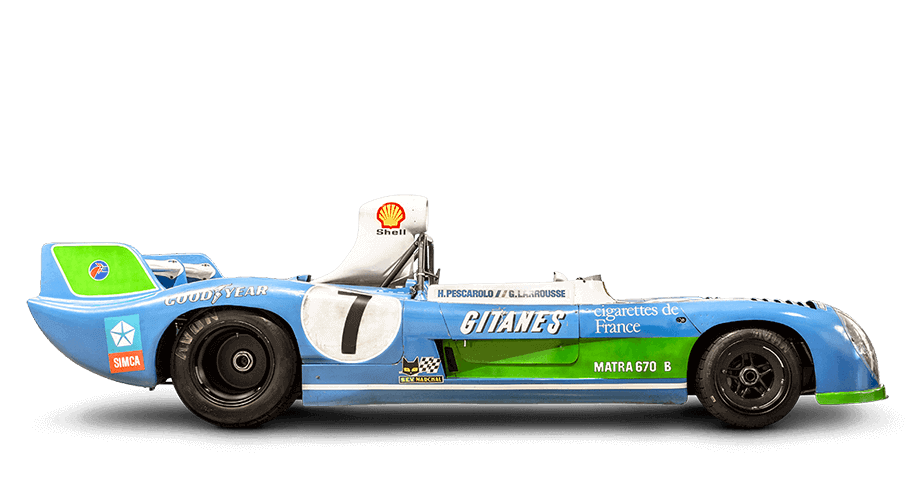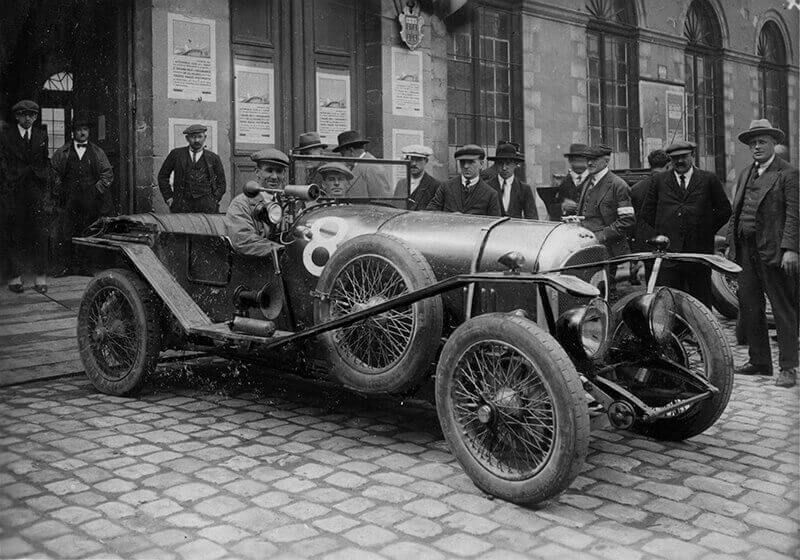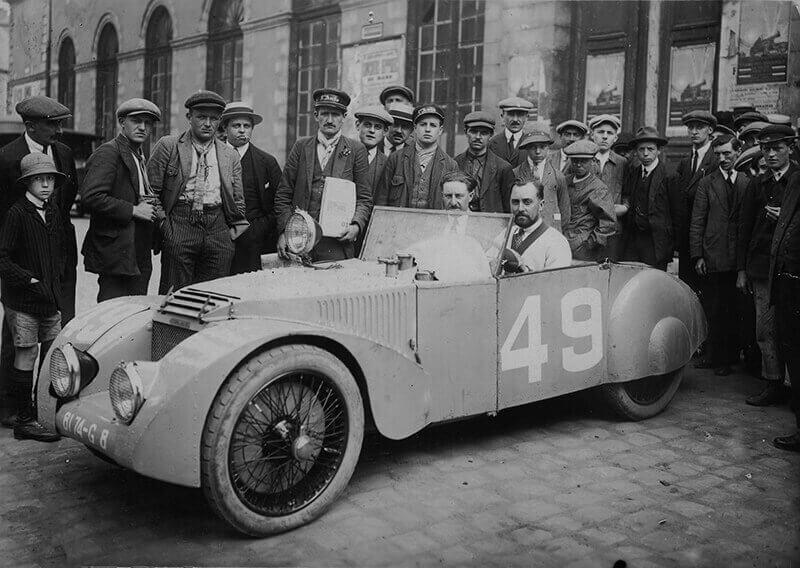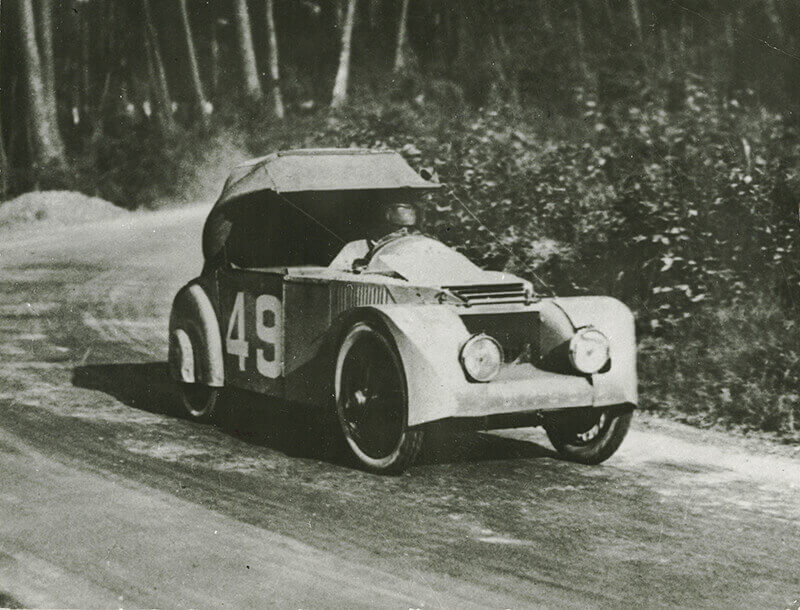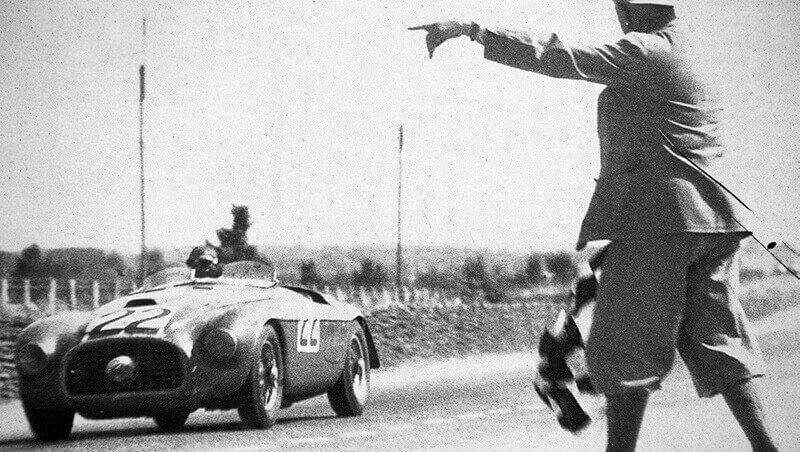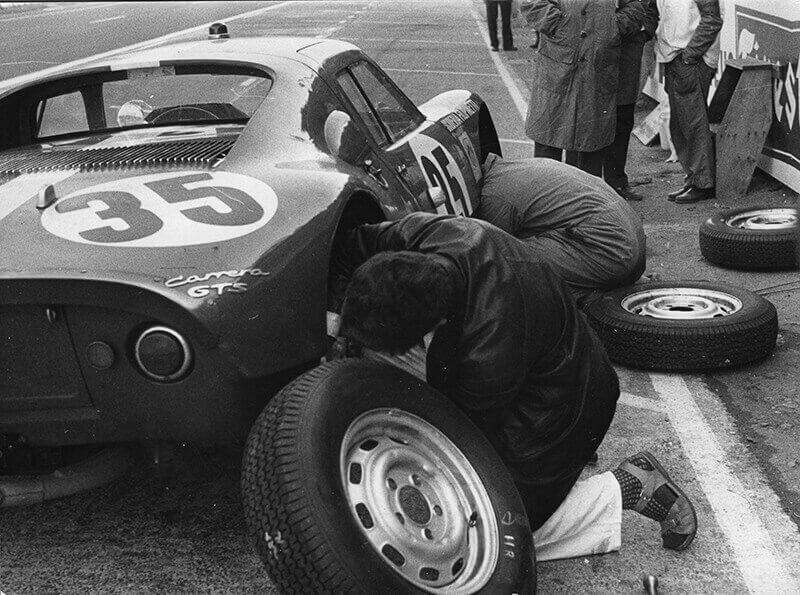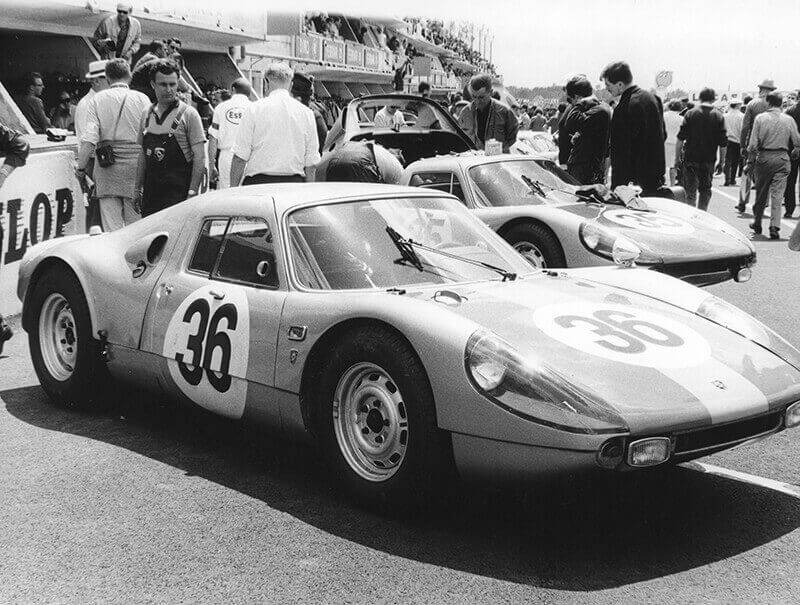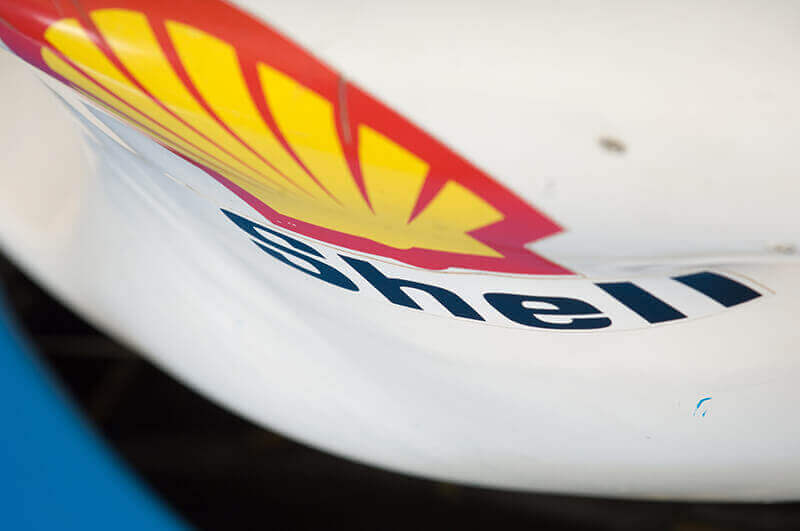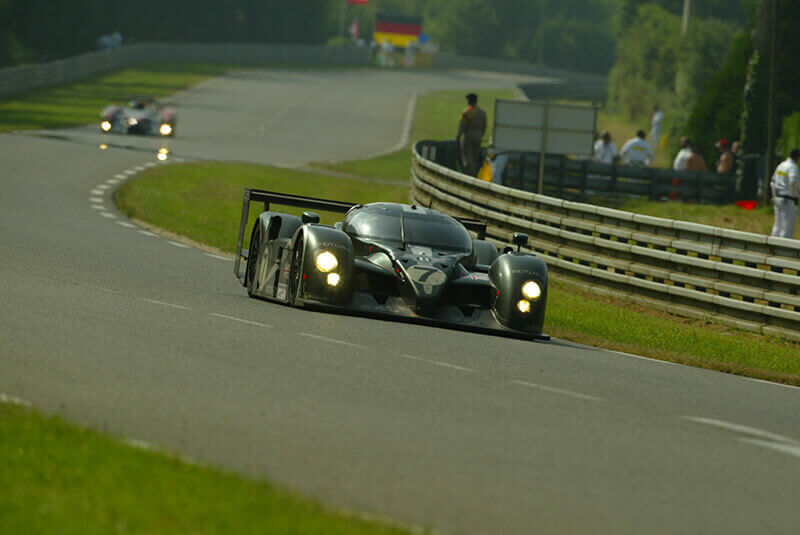A history
For Jean Rondeau, 15 June 1980 was the best day of his life. Jean Marc Tesseidre, a journalist with the Auto Journal wrote: “Cry tears, citizens, the day of glory is here. ”. For the first time in the history of the 24 Hours, a driver was victorious in a car that he himself built. This achievement is even more appreciated because it was won against a giant: Porsche! At Le Mans – in the town and throughout the Sarthe Department – there was a phenomenal reaction, because Jean Rondeau was a local and his car had been designed and built here! Only the engine – the best of the time, a Ford Cosworth – came from elsewhere, from England. Since his childhood, brought up with the 24 Hours, Jean Rondeau dreamed of becoming a driver and participating in the race. But he never found a car that lived up to his ambition.
Racing cars were very expensive, but through sheer determination and passion, this local driver broke down all the obstacles one by one, found a solid first sponsor – Inaltera – and successfully constructed his own cars. A new category created by the Automobile Club de l’Ouest, the GTP (Grand Tourisme Prototype) would be the ideal opportunity for Rondeau. During the winter of 1975-1976, Jean Rondeau, with good advice and a team of loyal friends, made his first cars, which bore the name of the wallpaper manufacturer “Inaltera”. After a victory in the GTP category in 1977, the partnership with his main sponsor was dissolved and the cars were sold. Jean Rondeau built another car, the M378, for the 1978 24 Hours. The car, only completed several days before the qualifying rounds, came in only 40th. But the team fought on and finally finished 9th and first in the group.
In 1979, two Rondeau cars finished 5th and 10th respectively, and the day after the race, Jean Rondeau was already thinking of the next year. In 1980, after 26 hours of trials at Le Castellet, the team arrived in Le Mans with three cars in Group 6. The M379 had electrical problems and Rondeau and Jaussaud came close to not qualifying for the race. There was a storm when the race began and the more daring competitors took advantage of the weather to get out in front. The Porsche 935s, in Group 5, were very competitive in the rain, and it was only with the return of the sun, those in Group 6 came back into the race, albeit with difficulty. The Pescarolo-Ragnotti duo seemed most at ease, however after midnight engine problems got the better of the Rondeau N° 15. Twenty-nine leaders came one after the other and the race remained uncertain. At the front, several hours before the chequered flag, the Rondeau-Jaussaud creation began to come into its own. But not before the dream became a nightmare. The M379’s starter motor began malfunctioning and, after each refuelling, the mechanics had to spray it with cold water. Very tired, Jean wisely let his team mate take the wheel. Equipped with slick tyres, the intermittent rain made the Rondeau dance over a waterlogged track. In second position, the Ickx Porsche 908/80 became increasingly heavier, but the rain cleared and the sun dried the track. The Porsche got off lightly with a double, useless tyre change. Victory was looming for the Rondeau and it was Jean-Pierre Jaussaud who crossed the finish line through a human tide. He told the story: "Four times, the car was in a dangerous position. Each time I managed to pull it back, but the fifth time, it swung round right up to the crash barriers. The first miracle was that nothing was damaged. The second was being able to get going again. But he Ford motor only started on the third attempt. Making us the favoured ones, today.”
In 1981, although Porsche was first on the podium, 2 Rondeaus were 2nd and 3rd. The new M482 designed for 1982was no less competitive. Jean Rondeau died prematurely at the end of 1985 in a stupid accident with a train on a level crossing; he was 39 years old. But he wrote the best page that Le Mans has ever seen in the history of the race.
Not exhibited at the Museum



